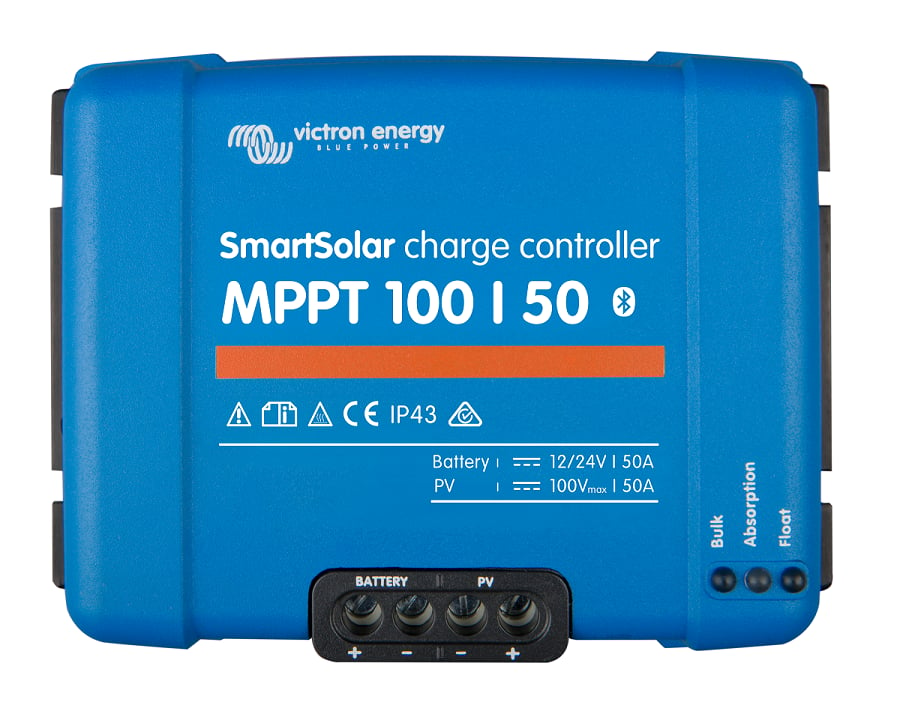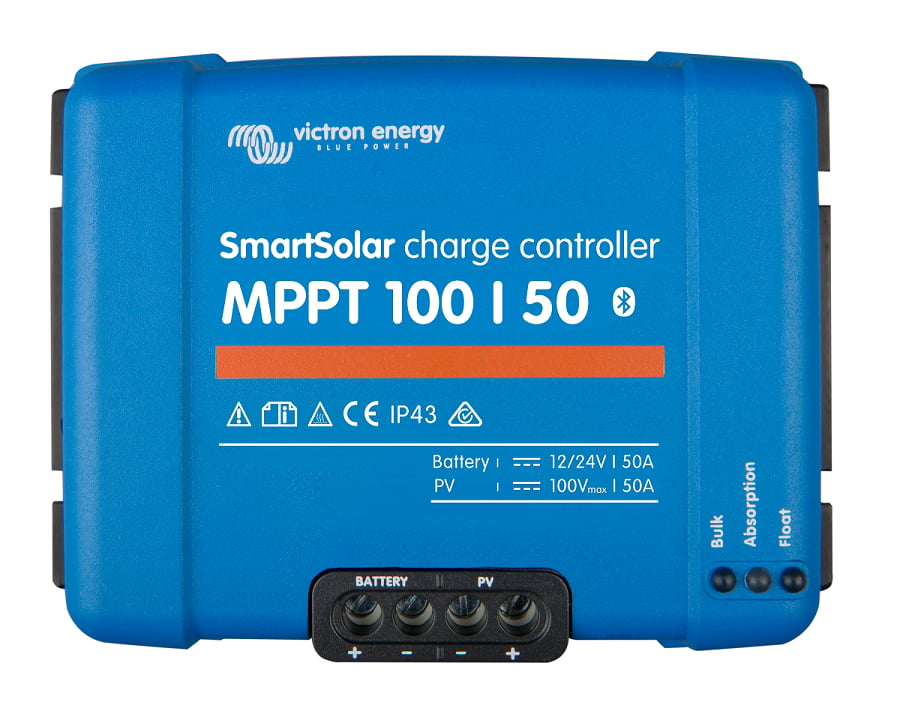Answer
Mar 12, 2024 - 07:53 AM
The first number in the name is 100 which refers to the maximum allowed input voltage of the controller. If you are trying to figure this out based on the VOC of the panels be aware that panels can on occasion put out more than their VOC. However 100 volts is the absolute max voltage allowed for this controller so it should be used with panels that have 10% less VOC, meaning no more than 90 volts. This is quite a high voltage in a mobile application, we suggest that in boats or vans you keep your voltage at 50 volts or below if possible. This is for safety reasons. We do sell separately a terminal cover for this MPPT if you are using higher voltages.
The second number in the name is 50 which refers to the max output in amps. This MPPT works with both 12 and 24 volt battery banks. You can do some math using the formula Watts = Volts x Amps to see how much power 50 amps represents. With a 12 volt battery where the charge voltage might be 14 volts that represents 700 Watts and with a 24 volt back charging at 28 volts it represents 1400 Watts. Any excess power available will be wasted, the MPPT will pass a maximum of 50 amps.



